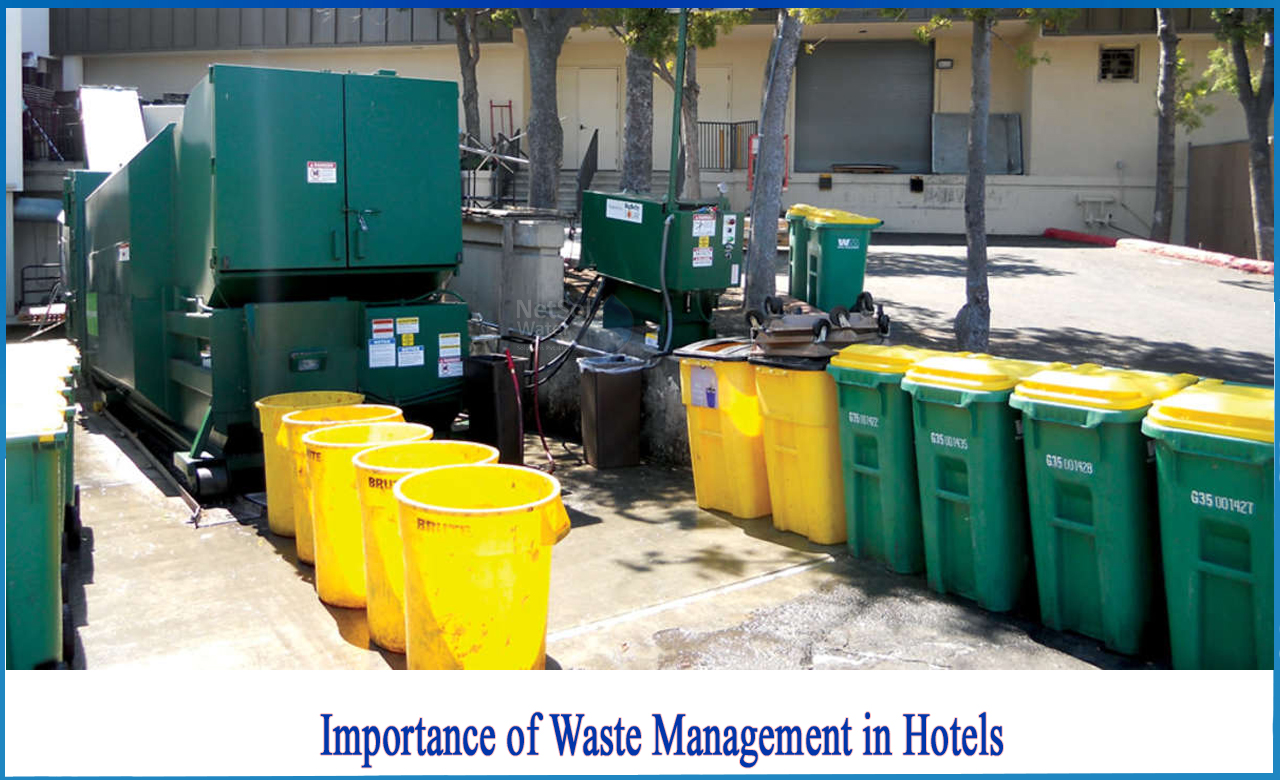9 Simple Techniques For Reclaim Waste
9 Simple Techniques For Reclaim Waste
Blog Article
Some Known Facts About Reclaim Waste.
Table of ContentsThe Main Principles Of Reclaim Waste The Best Guide To Reclaim WasteThe Facts About Reclaim Waste RevealedThe Definitive Guide for Reclaim WasteNot known Incorrect Statements About Reclaim Waste
Residential sewer waste refers to the waste and items from a household septic container. The appropriate management and disposal of domestic sewer waste call for fluid waste to be moved to a sewer treatment plant where the correct approaches and equipment are used to cleanse and dispose of waste.
Business waste often consists of potential hazards, such as combustible products or a blend of liquid and solid waste items, and needs an advanced and comprehensive disposal procedure. The disposal of business waste normally involves the filtering of waste prior to transportation to guarantee secure and proper disposal. Hazardous waste is created from results and runoff of commercial procedures and manufacturing.
This type of waste can not utilize the same sewage management transportation or processes as septic or business liquids. The industrial waste monitoring procedure requires the assessment and screening of liquid waste prior to it undergoes the disposal process (liquid waste disposal). Runoff waste is the fluid waste that originates from overflow and excess stormwater in highly populated locations or cities
Drainage waste can create contamination and flooding if not handled effectively. Guaranteeing correct waste monitoring can avoid catastrophes and reduce ecological harm.
An Unbiased View of Reclaim Waste
Get in touch with PROS Services today to discover about our waste management and disposal services and the proper ways to care for the liquid waste you produce.
(http://tupalo.com/en/users/7813759)Do you recognize what takes place to your water when you end, purge the bathroom or drain the washing machine? No? Well, it deserves recognizing. This supposed 'wastewater' is not just an essential source yet, after therapy, will be released to our land, rivers or the ocean. Used water from toilets, showers, bathrooms, kitchen area sinks, laundries and commercial processes is referred to as wastewater.

water made use of to cool down machinery or tidy plant and devices). Stormwater, a form of wastewater, is drainage that streams from agricultural and urban locations such as roofings, parks, gardens, roads, paths and gutters right into stormwater drains, after rain. Stormwater moves without treatment directly to regional creeks or rivers, at some point reaching the ocean.
The Ultimate Guide To Reclaim Waste
In Queensland, the majority of wastewater is treated at sewage treatment plants. Wastewater is transferred from domestic or industrial websites with a system of sewage systems and pump terminals, called sewerage reticulation, to a sewage treatment plant. City governments build, preserve and operate most sewage treatment plants. Operators are certified under the Environmental Defense Act 1994 to release cured wastewater at an appropriate ecological requirement into rivers.
The Division of Natural Resources advises city governments about handling, operating and maintaining sewage systems and treatment plants. In unsewered areas, local federal governments might require homeowners to set up private or home sewer therapy systems to deal with residential wastewater from toilets, kitchen areas, shower rooms and laundries. The Department of Natural Resources authorises the usage of household systems when they are confirmed to be effective.
In some new subdivisions, therapy of some stormwater to eliminate litter, sand and crushed rock has started utilizing gross contaminant traps. Wastewater therapy takes place in four phases: Gets rid of strong issue.
Uses little living microorganisms understands as micro-organisms to damage down and get rid of staying liquified wastes and fine fragments. Micro-organisms and wastes are incorporated in the sludge.
Not known Incorrect Statements About Reclaim Waste
Nutrient removal is not available at all sewer therapy plants due to the fact that it calls for pricey specialized tools. Clear fluid effluent created after treatment may still contain disease-causing micro-organisms - liquid waste disposal.

Many wastewater flows right into the sewerage system. Under the Act, local governments carry out authorizations and licences for environmentally appropriate tasks (Ages) including wastewater releases that could have a neighborhood effect.
The smart Trick of Reclaim Waste That Nobody is Talking About
Tracking provides valid details regarding water quality and can verify that permit problems are being fulfilled. The information acquired through tracking provides the basis for making water quality choices.
Report this page